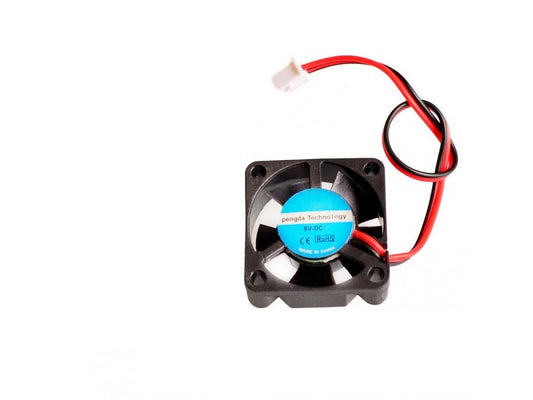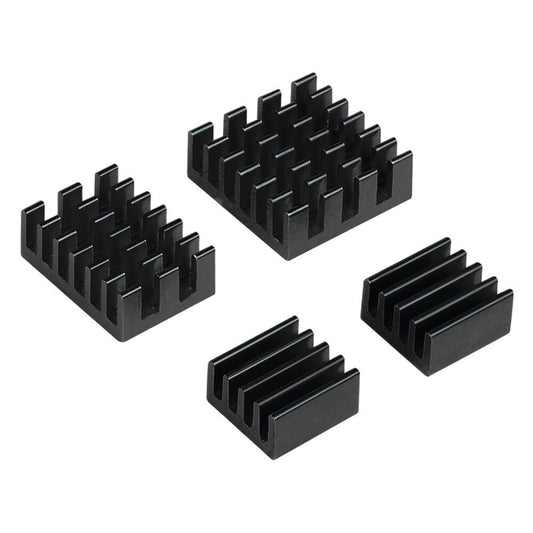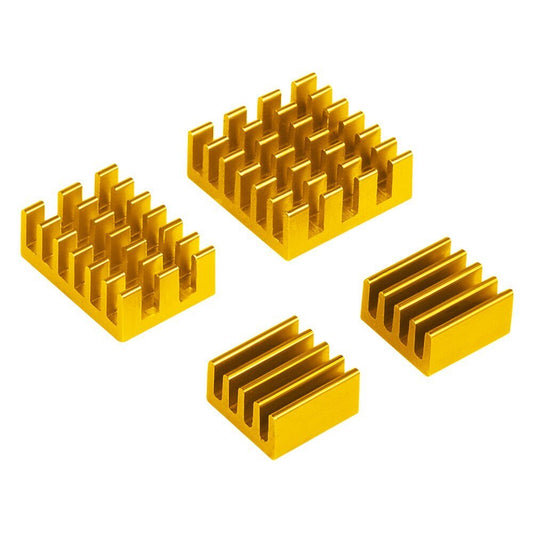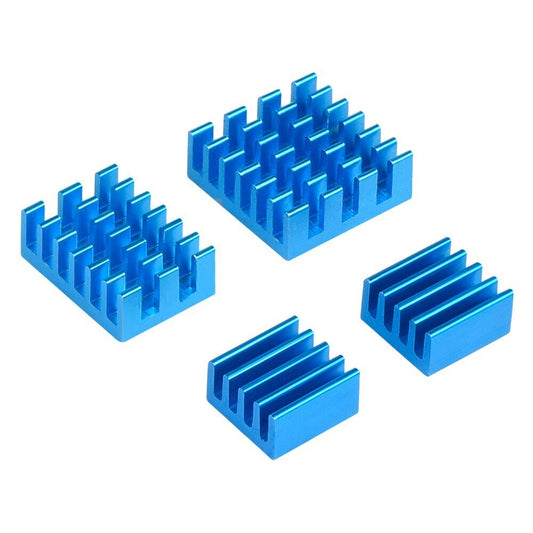Fans Heatsinks - A warmth sink is a gadget that fuses a fan or another instrument to lessen the temperature of an equipment segment (e.g., processor). There are two warmth sink types: dynamic and uninvolved. The image is an illustration of a warmth sink with both dynamic and aloof cooling instruments.
The motivation behind a heatsink or fan is to eliminate the warmth from the CPU (or other chip) and disperse it into the air. To do this, the warmth initially should be communicated from the CPU to the heatsink. While this may appear to be a basic enough recommendation, it isn't. Air makes an exceptionally compelling warmth encasing, so for the warmth to get from the CPU to the heatsink, the heatsink should be introduced with no air holes at all. Indeed, even an air hole of a couple of microns can hinder heat move.
All about Heatsinks
There are four fundamental methods of cooling a CPU: heatsinks, fans, heat lines, and water coolers. Most frameworks utilize a mix of these strategies, in this way upgrading the adequacy of each. To settle on an educated choice when buying a CPU-cooling framework, it assists with knowing how every one functions.
Heatsinks :
A heatsink is a metal item joined to the highest point of the CPU. It works by drawing heat away from the actual CPU and dispersing it into the air. Two elements decide how well heatsink capacities:
- Thermal conductivity
- Surface area.
Thermal conductivity estimates how effectively warmth can travel through the material. For instance, a metal spoon has a lot higher Thermal conductivity than a wood one. Subsequently, when a metal spoon is left in a hot dish, the warmth goes from the end in the soup to the handle end, making it hot. In any case, a wood spoon sitting in a similar pot of soup won't send the warmth to the handle anyplace close as adequately.
Each kind of material has its own particular warm conductivity. Among metals, the most noteworthy warm conductivity is found in silver, trailed by copper, gold, and afterward aluminum. Since gold and silver are excessively costly for making heatsinks, they are typically made of aluminum or copper.
Copper heatsinks are extensively better compared to aluminum ones since copper has a 70-percent higher warm conductivity. Nonetheless, copper is extensively more hard to create parts out of than aluminum. It is likewise significantly more costly than aluminum, so more heatsinks are made out of aluminum than copper. Some aluminum heatsinks exploit copper's higher warm conductivity utilizing a little copper cushion that furnishes contact with the CPU.
To make heatsinks powerful, they need a great deal of surface region to be in touch with the air. This is the reason most heatsinks are planned with "blades" to make more surface region for moving warmth to the air around the heatsink.
A heatsink alone can't give sufficient cooling to present day CPUs. They should be utilized related to a fan to build the wind current over the heatsink's surface region.
Final Thought
Mentioned above is the entire information about Fans Heatsinks, along with their distinctive types and how they work you can check out the details above.
















